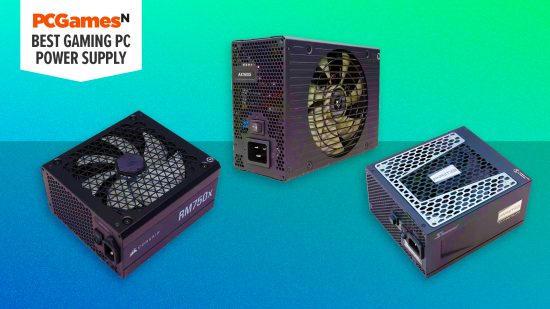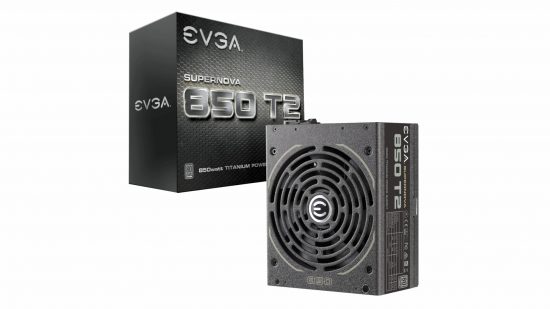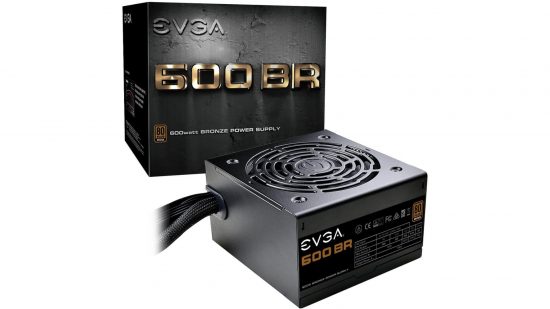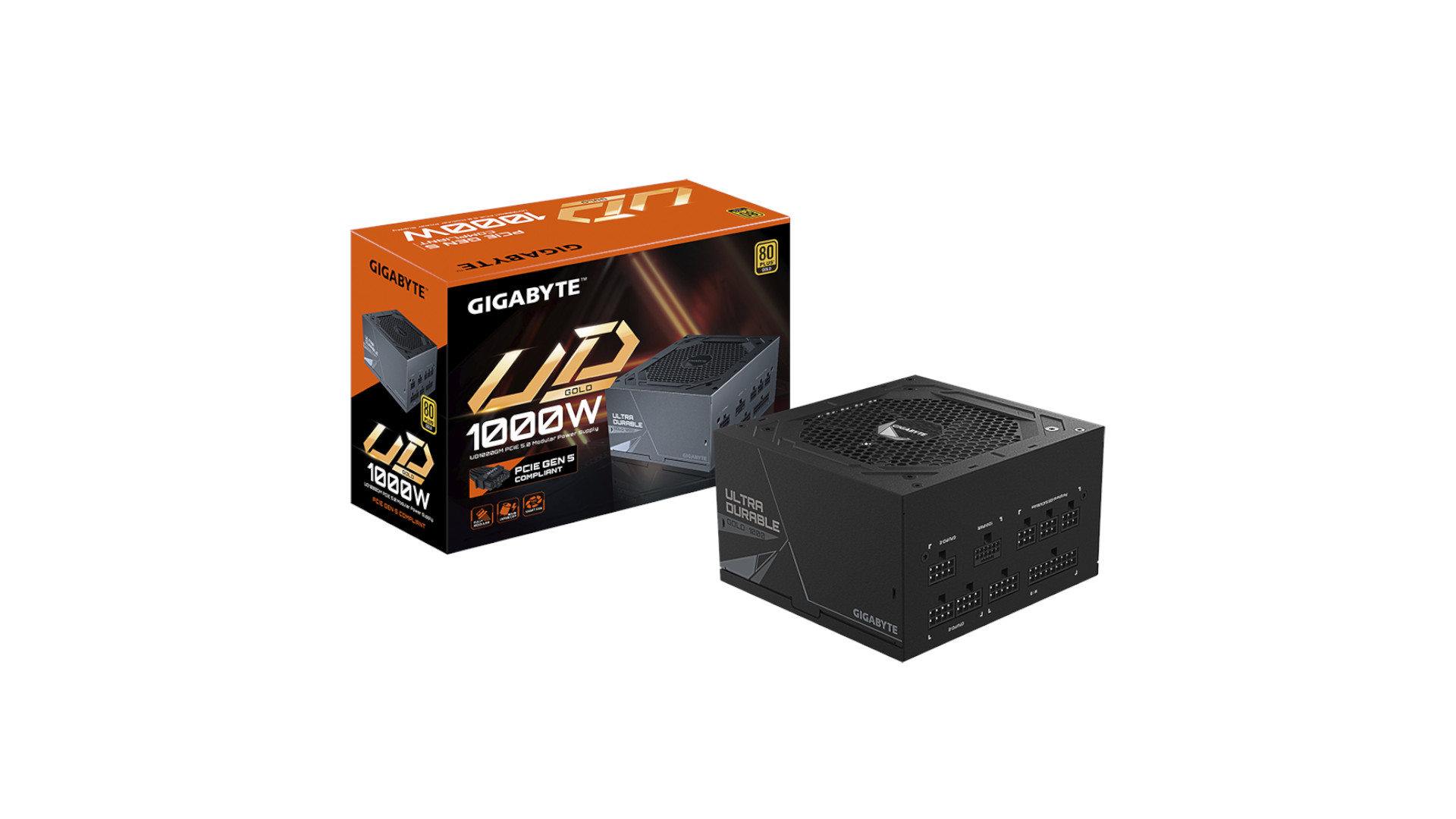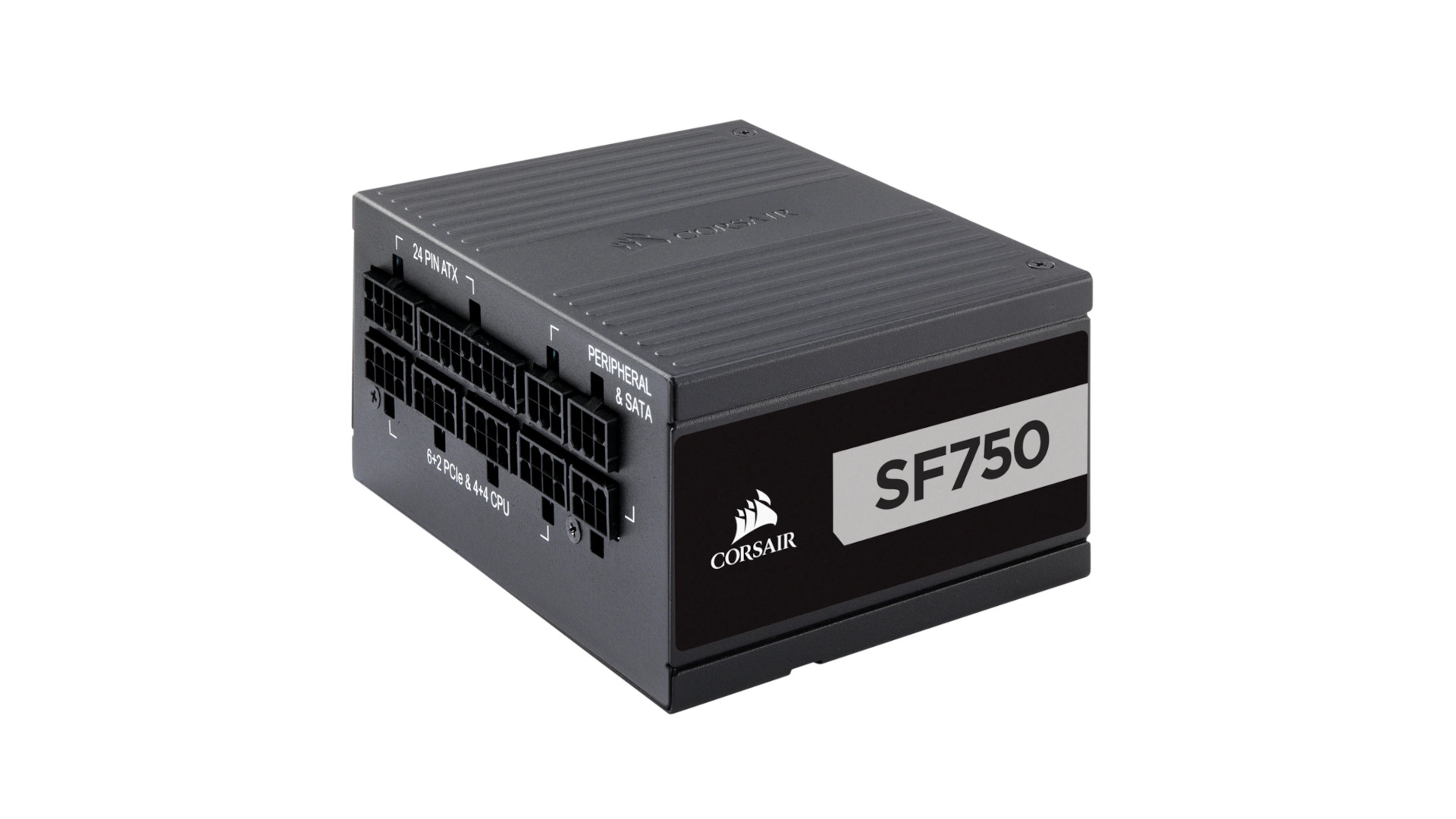When you’re looking for the best power supply for PC gaming it’s important to remember that every PC’s PSU requirements vary. Not only is the wattage an important consideration, but the size of systems can vary widely, meaning that there really is no ‘one size fits all’ solution. That said, we’re confident that you’ll find something that caters to your needs in our shortlist.
If you invest in a quality power supply, it’ll likely become the longest-standing member of your rig throughout years of upgrades as you turn your tower into the best gaming PC. You might not necessarily consider it to be the most critical part of your PC, but if the gaming CPU effectively acts as the brain, then a PSU is the heart of your rig – think about it, even the array of cables resembles a mess of arteries and veins at a glance.
Here is the best power supply for a gaming PC in 2023:
- EVGA Supernova 850 T2 – the best power supply overall
- EVGA 600 BR – best power supply on a budget
- Gigabyte UD1000GM PG5 – the best 1,000W power supply
- Corsair SF750 – the best small 750W power supply
1. EVGA Supernova 850 T2
The best power supply overall.
| EVGA Supernova 850 T2 specs | |
| Watts (W) | 850 / 1,000 / 1,600 |
| Form factor | ATX |
| Connectors | 20+4-pin ATX (x1) / CPU 4+4-pin (x2) / PCIe 6+2-pin (x4) / PCIe 6-pin (x2) / SATA (x10) / 4-pin peripheral (x4) |
| 80 Plus certification | Titanium |
| Warranty | 10 years |
Pros
- 80 Plus Titanium certification
- 10-year warranty period
- Enough power for the latest graphics cards
Cons
- Pricey
The thing that makes the EVGA Supernova 850 T2 a cut above most PSUs is its 80 Plus Titanium certification, meaning it’s 94% efficient or higher under a typical load. This means that the power supply wastes very little energy, resulting in less excess heat and cooler operating temperatures.
It’s fully modular, so you only need to route the cables necessary to power your system. It’s also built with Japanese Nippon Chemi-Con capacitors, making this PSU an ever-reliable part of any rig, plus it comes with a 10-year warranty period should you need it. While 850W should be plenty for most people, you can also find 1,000W and 1,600W versions of this power supply.
2. EVGA 600 BR
The best cheap power supply.
| EVGA 600 BR | |
| Watts (W) | 600 |
| Form factor | ATX |
| Connectors | 24-pin ATX (x1) / CPU 4+4-pin (x1) / PCIe 6+2-pin (x2) / SATA (x6) / 4-pin peripheral (x3) |
| 80 Plus certification | Bronze |
| Warranty | 3 years |
Pros
- 600W for less than $65 USD
- Enough juice for an Nvidia RTX 3060 Ti
Cons
- Not modular
- Not enough power for the Nvidia RTX 3070 or above
Costing just under $65 USD, the EVGA 600 BR is undoubtedly one of the best-value PSUs available on the market for budget-conscious builders. Despite its cheaper price point, this power supply doesn’t skimp on 80 Plus Bronze certification, meaning it’s by no means wasteful.
The EVGA 600 BR should have no trouble fitting into almost all ATX PC cases, thanks to its 150mm long shell being around the standard power supply size. A three-year warranty should help with any concerns surrounding this power supply’s reliability.
3. Gigabyte UD1000GM PG5
The best 1,000W power supply.
| Gigabyte UD1000GM PG5 | |
|---|---|
| Watts (W) | 1,000 |
| Form factor | ATX |
| Connectors | 20+4-pin ATX (x1) / CPU 4+4-pin (x2) / PCIe 16-pin (x1) / PCIe 6+2-pin (x4) / SATA (x8) / 4-pin peripheral (x3) |
| 80 Plus certification | Gold |
| Warranty | 10 years |
Pros
- Native support for PCIe Gen 5 16-pin power connector
- 80 Plus Gold certification
- Fully modular
Cons
- Noisier than others on this list
The Nvidia RTX 4000 range hasn’t yet hit the 1,000W ceiling, but there’s no telling what the AMD RDNA 3 series is hungry for until Team Red lifts the lid on Radeon 7000 GPUs. If you don’t want to find your power supply trailing behind the times in the coming years, you might need a 1,000W monster, and the Gigabyte UD1000GM PG5 is already prepared for pretty much anything that may come.
It’s already equipped with support for the latest PCIe Gen 5 16-pin power connector, which will likely eventually power every GPU that comes our way in the future. Gigabyte claims that the power supply’s 120mm smart hydraulic bearing fan should last 1.4x longer than a standard sleeve bearing found on some cheaper models. It also comes with plenty of other traits you’d expect from a top-tier power supply, such as 80 Plus Gold certification, a fully modular design, and a 10-year warranty.
4. Corsair SF750
The best SFX power supply.
| Corsair SF750 | |
|---|---|
| Watts (W) | 400 / 600 / 750 |
| Form factor | SFX |
| Connectors | 20+4-pin ATX (x1) / CPU 4+4-pin (x2) / PCIe 6+2-pin (x4) / SATA (x8) / 4-pin peripheral (x3) |
| 80 Plus certification | Platinum |
| Warranty | 7 years |
Pros
- Zero RPM Fan Mode keeps things silent until the PSU hits 40% load
- Included SFX-to-ATX bracket
Cons
- Expensive
If you’re building a system in a compact PC case, then the small but mighty Corsair SF750 should be at the top of your list for potential power supplies to juice up your miniature rig. That said, it’ll work great in a bigger ATX chassis too, thanks to the included SFX-to-ATX bracket.
The Corsair SF750’s ‘Zero RPM Fan Mode’ makes sure the PSU doesn’t engage its fan until it has to, keeping things quiet when browsing the web and kicking things into gear when gaming. It’s fully modular too, and its individually sleeved cables make routing them in your gaming PC a breeze. If your computer doesn’t require 750W, consider the less-powerful but less-expensive SF600 or SF400.
Best power supply frequently asked questions (FAQ)
What is a power supply?
When it comes to PCs, the main power supply unit (PSU) is the box into which you plug a mains power cable that then converts the 120V or 230V alternating current (AC) power from your wall sockets to the direct current (DC) 12V, 5V and 3.3V power required by the components of your PC.
They come in a wide range of power and efficiency ratings that tell you how much power the components of your PC can safely draw from the power supply and how much energy is lost in that conversion process. Most modern power supplies can deliver between 500-1500W and between 80-95% efficiency – the 5-20% of lost energy is dispersed as heat.
What power supply is needed for RTX 4090 and other high-end components?
The likes of the Nvidia GeForce RTX 4090 and Intel Core i9-14900K can draw huge amounts of power, drawing over 500W from the wall each when pushed to their max. As such, you’ll need at least a 1000W power supply for such high-end components, and ideal at least 1200W.
What size power supply do I need?
Size isn’t really the right term when most people talk about power supplies – while PSUs do range in physical size, they’re mostly quite similar. Instead, ‘size’ refers to the power rating of the power supply, and what you need will vary based on your system.
For an entry level gaming PC with integrated graphics or a graphics card that doesn’t require an extra cable to be plugged into it (so it draws less than 70W) and a CPU that’s six or fewer cores, a quality high efficiency 500W supply should do the job, though you might want to go for a 650W unit to be on the safe side – especially it’s not 95%+ efficient.
As you buy more powerful components, you’ll have to consider upgrading your power supply, as not only do more powerful chips require more power but graphics cards in particular require specific extra cables. By the time you’re buying an RTX 4070 and an AMD Ryzen 7 7800X3D, you’ll be wanting a 750W supply.
To find out just what sort of supply you’ll need, check specifications of your other components on the company’s website or in reviews and add up the total peak power draw. It doesn’t need to be exact but if your chosen CPU can draw over 350W alone, a 400W power supply probably won’t suffice.
